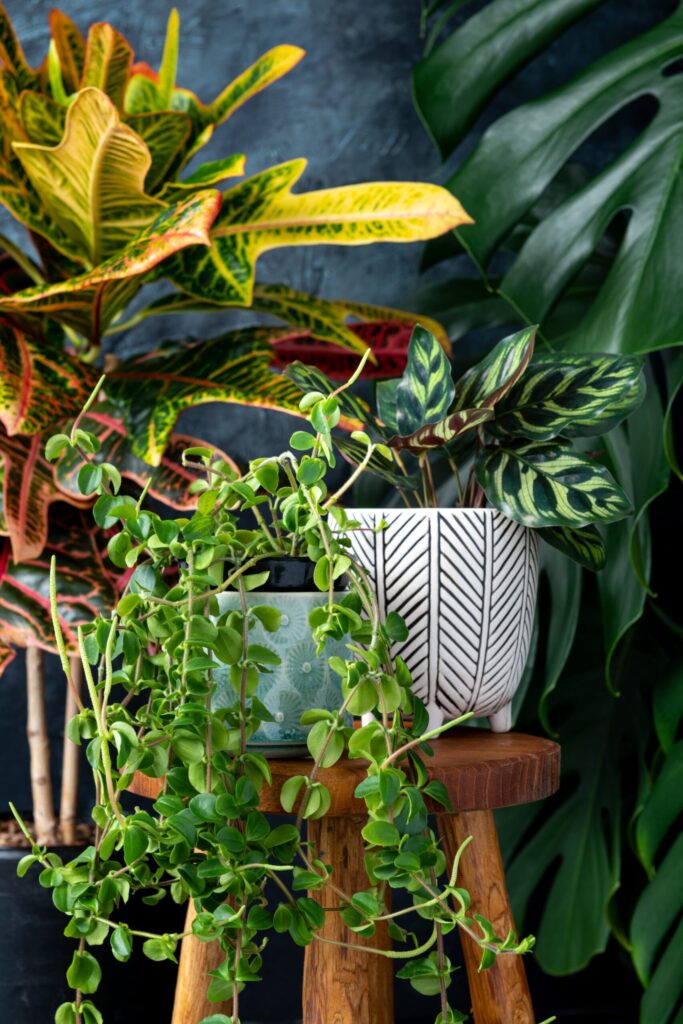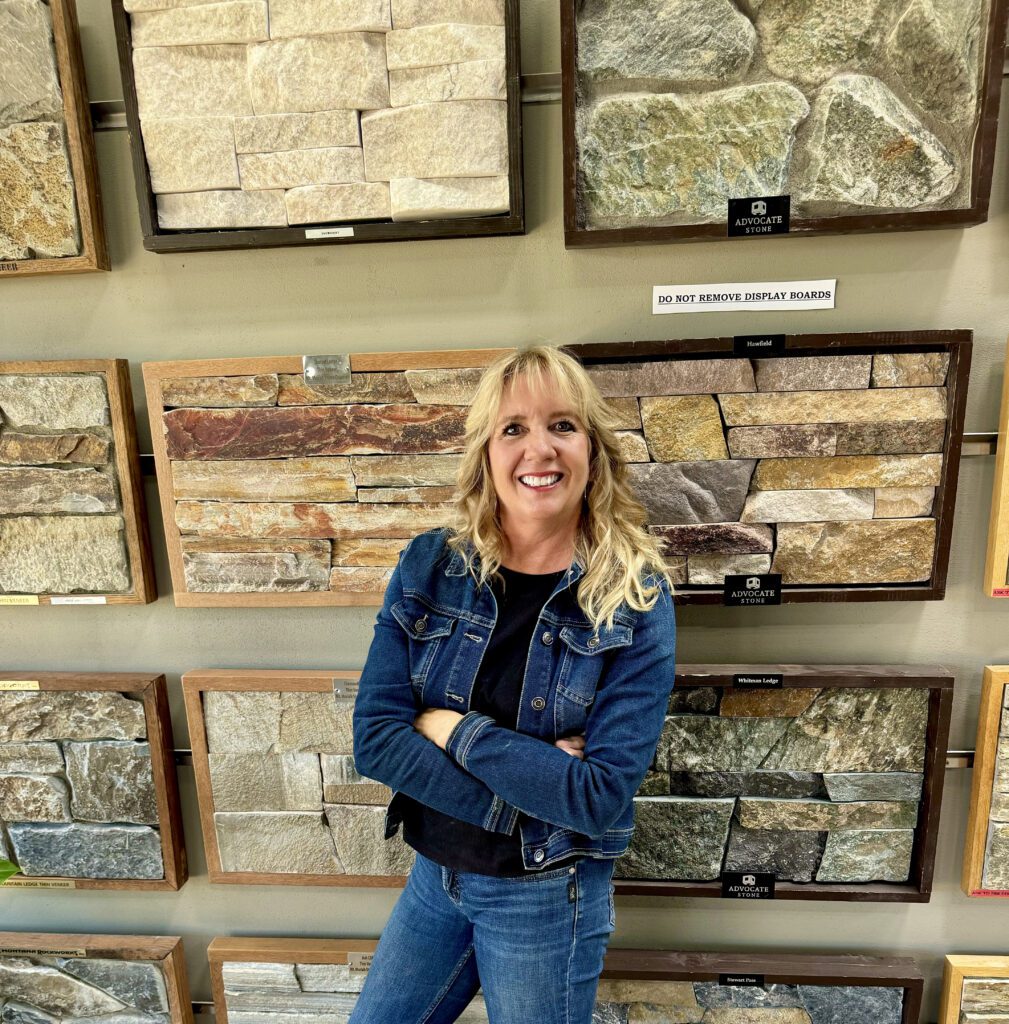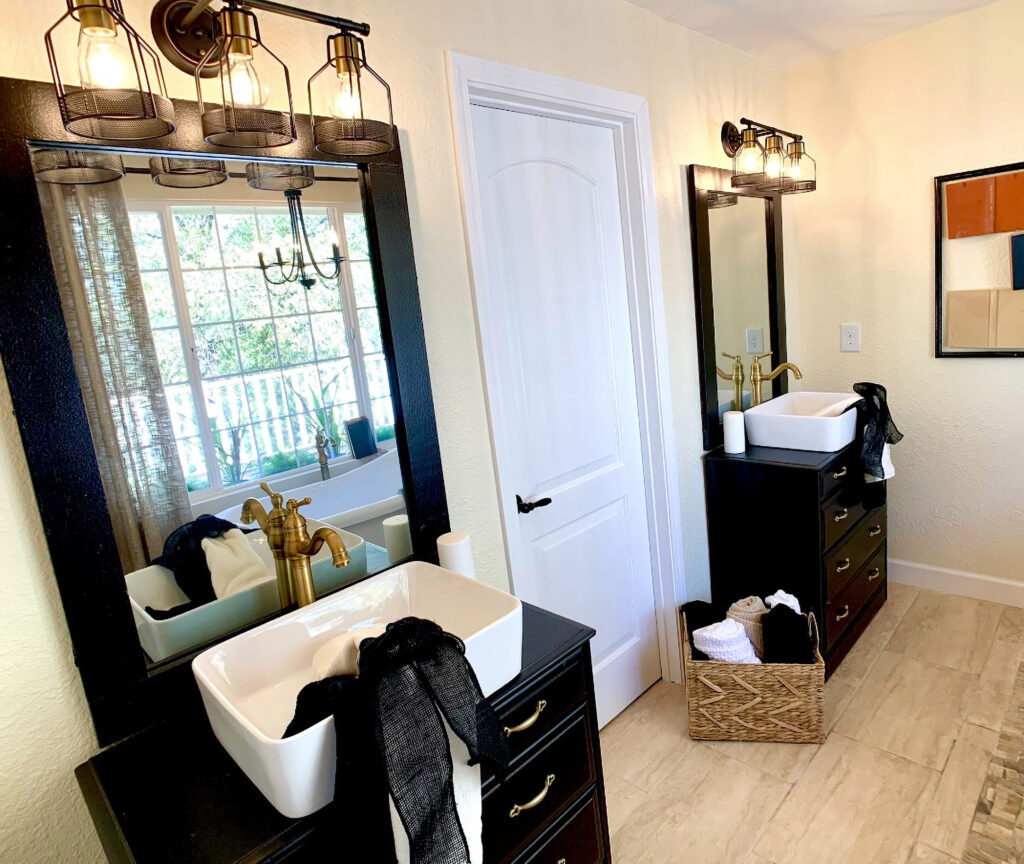Sustainable interiors will shape the design trends of 2025
Biodegradable materials, smart energy systems and air-purifying plants are the cornerstone of modern design. TOAs global attention on climate change and environmental awareness grows stronger, sustainability in interior design is evolving rapidly. By 2025, sustainability will be fundamental to the way people shape their living spaces. Home interiors are being reinvented with ecological materials, low-consumption appliances and technologies that prioritize sustainability and comfort. As we look to the near future, here are some sustainable design features that will transform interiors. Ecological materials A key trend that will shape the future of sustainable interior design is the use of eco-friendly materials. By 2025, interiors can be expected to incorporate more recovered, renewable and biodegradable resources, significantly reducing environmental impact while bringing a natural aesthetic to the interior. The use of reclaimed wood and recycled metals will be more common in furniture, cabinets and flooring. Reclaimed wood adds warmth and character to interiors, and each piece tells its own story through its unique grains and finishes. Recycled metals offer a more modern industrial look that pairs well with minimalist or contemporary designs. There will be an increase in biodegradable materials for furniture, textiles and wall coverings. This includes options like cork, bamboo, and natural fibers like organic cotton, linen, and wool. These materials decompose naturally at the end of their life cycle, reducing waste and environmental impact. Additionally, manufacturers are beginning to adopt non-toxic stains and finishes to minimize indoor air pollution and support a healthier home environment. Innovations in sustainable engineering have given rise to materials such as mycelium-based leather (an eco-friendly leather alternative derived from fungi) and recycled glass countertops. These materials combine aesthetics with functionality, offering sustainable alternatives to conventional resources. Circular design and modularity The future of sustainable interiors also includes designs that adhere to circular economy principles that aim to extend the life cycle of products and minimize waste through reuse, recycling and upcycling. This has led to a trend towards modular, flexible furniture that adapts to the changing needs of homeowners, making rooms multifunctional without the need for more “stuff.” Modular furniture allows for flexible configurations, which is great in urban and small compact homes. Pieces can be reassembled, resized or reused as needs change, reducing demand for additional items and extending the life cycle of furniture. Leading brands are developing repair and reupholstery programs to encourage customers to renew, rather than replace, furniture. In 2025, more designers and retailers are likely to prioritize products with repairable and replaceable components, which can extend their useful life and reduce waste. Energy-efficient lighting and smart controls Lighting can have a big impact on both energy use and the ambiance of a space. By 2025, the focus on sustainable lighting will see homeowners lean toward energy-efficient LED systems, smart lighting controls, as well as lighting that maximizes natural sunlight. LED lighting has already become an energy efficiency standard, but by 2025, more interiors will adopt OLED technology. OLED lights offer a softer, more natural lighting experience with less power consumption. Unlike conventional lighting, this lighting uses organic compounds that emit light when an electrical current is applied, making these lights eco-friendly and more flexible for custom designs. Homes in 2025 will increasingly be designed to optimize natural light, reducing the need for artificial lighting during the day. Automatic blinds and shades, controlled through smart home systems, can be adjusted based on sunlight intensity to maintain ideal indoor lighting and temperature levels. This not only conserves energy, but also provides homeowners with dynamic, natural light that improves mood and well-being. Integrated with voice controls and smartphone apps, smart lighting systems allow homeowners to control lighting intensity, color temperature, and even lighting schedules, thereby reducing unnecessary energy consumption. Motion-activated lighting will become a standard feature in bathrooms, closets and other main areas, turning off lights when not in use and helping to reduce electricity bills. Innovations in water conservation Water conservation is a growing concern. Homes in 2025 will include a variety of water-saving features and smart plumbing fixtures to address this problem. In addition to faucets, shower heads and low-flow toilets, home interiors will incorporate technologies that optimize water use. Greywater systems, which collect wastewater from sinks, showers and washing machines, are expected to become more popular in residential settings. This water can be filtered and reused for irrigation or toilet flushing, significantly reducing household water consumption. Smart faucets that monitor water usage and adjust flow as needed will become commonplace. These systems use sensors to detect motion or set water limits, making it easier to conserve water in kitchens and bathrooms. Additionally, leak detection systems will notify homeowners of any plumbing problems, helping to prevent water waste and potential damage. Indoor Air Quality (IAQ) Improvements Healthy indoor air is crucial to sustainability inside homes because poor air quality can harm both the environment and people. By 2025, homes will incorporate several design features to promote cleaner, healthier indoor air quality. Houseplants that are effective at filtering toxins from the air, such as spider plants, peace lilies, and ferns, will become popular as natural air purifiers. Additionally, biofilter systems, which use plant-based technology to filter and purify air, will find a place in more interiors, contributing to a Healthier home environment without the need for artificial air filters. VOC (volatile organic compound) free paints and coatings will be a standard feature of sustainable interiors by 2025. These products do not release harmful chemicals into the air, providing a safer environment for residents while reducing emissions. of pollutants that contribute to air pollution. . Smart home integration The role of smart technology in sustainability cannot be overemphasized. By 2025, smart home systems will enable real-time energy and resource management, helping homeowners reduce their carbon footprint and effortlessly optimize resources. Smart meters and energy management platforms will help homeowners monitor and control their energy consumption in real time. These systems provide information about peak energy usage times and suggest ways to reduce consumption, such as running appliances during off-peak hours. Advanced
Sustainable interiors will shape the design trends of 2025 Read More »




